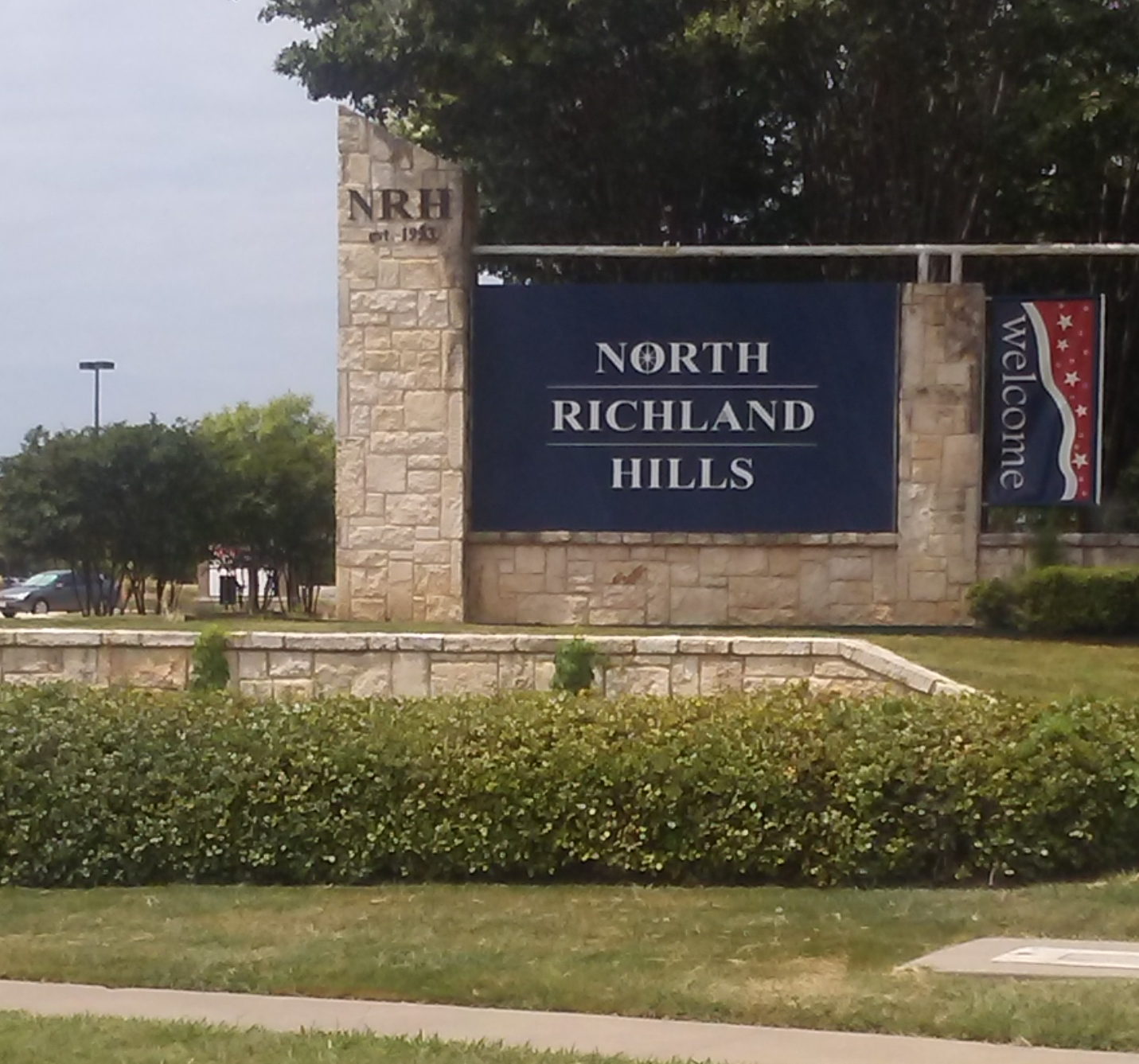What plant hardiness zone am I in?
Plant Hardiness Zone Map
More Information
What is my USDA Plant Hardiness Zone?
Find your 2023 USDA Plant Hardiness Zone based on your current device location, along with a map of plant hardiness zones in your area and in the United States.
Compare the 2023 and 2012 USDA Plant Hardiness Zone Maps to see how the zones have changed over the last decade in your area.
Minimum winter temperatures are a major determinant of whether a particular plant selection can be successfully grown outside year around. There are other factors that influence plant survival, such as snow cover, summer heat, humidity, soil moisture, and spring frosts.
What are Plant Hardiness Zones?
Plant hardiness zones are a system used by gardeners, landscapers, and agriculturalists to help determine which plants are best suited for a specific location. The map of the United States is commonly broken up into 11 zones ranging from zone 1A (the most cold-hardy) to zone 11B (the least cold-hardy). The exact borders of each zone are based on the average minimum winter temperature in that region.
This plant hardiness zone map shows the range of temperatures where plants can survive the winter. The plant hardiness zone is determined by the minimum temperatures and the minimum number of days in a year where the minimum temperature is reached. The plant hardiness zone is helpful because it allows you to select plants that will survive the winter in your area. This will help ensure that your plants are able to survive the winter and are able to provide you with the fruit or vegetable that you are hoping for.
The first geographical zone map was created by the United States Department of Agriculture (USDA) in 1920s to help farmers determine which plants would be best suited for the climate in their area. Since then, it has been a valuable tool for gardeners and farmers to determine which plants are best suited for their region. Plant hardiness zones are a system of mapping the climate of a region. They provide a range of temperatures and the plants that can be successfully grown in those areas.
Dynamic Plant Hardiness Map
Unlike other plant hardiness websites and maps, this site offers a fully dynamic and interactive map that allows you to zoom and pan to see the exact zone and microclimate for your location according to the USDA.
You can find the zone based on your current device location, or by searching for your city, town, ZIP code, or you can search for the zone based on the address you wish to locate.
Plant Hardiness Zone Atlas
Our plant hardiness zone atlas has a list of cities in the United States to help you find the USDA zone of any location in the country.
About North Richland Hills, Texas

North Richland Hills, commonly known as NRH, is a city in the U.S. state of Texas, located in Tarrant County. It is a mid-to-high end suburb of Fort Worth and forms part of the Mid-Cities region of the Dallas-Fort Worth Metroplex. The population was 69,917 at the 2020 census, making it the third largest city in Tarrant County. In 2006, North Richland Hills was selected as one of the “Top 100 Best Places to live in America” according to Money magazine, and in 2016, the Dallas Morning News ranked North Richland Hills #9 on its list of best Dallas–Fort Worth neighborhoods. Major streets and highways include: FM 1938, Mid Cities Boulevard, Bedford-Euless Road, Interstate Highway 820, North Tarrant Parkway, FM 3029, and TX SH 26. It is home to the Birdville Independent School District, and the northern portion is served by Keller ISD.
About Hardiness zone
A hardiness zone is a geographic area defined as having a certain average annual minimum temperature, a factor relevant to the survival of many plants. In some systems other statistics are included in the calculations. The original and most widely used system, developed by the United States Department of Agriculture (USDA) as a rough guide for landscaping and gardening, defines 13 zones by long-term average annual extreme minimum temperatures. It has been adapted by and to other countries in various forms. A plant may be described as "hardy to zone 10": this means that the plant can withstand a minimum temperature of 30 to 40 °F.